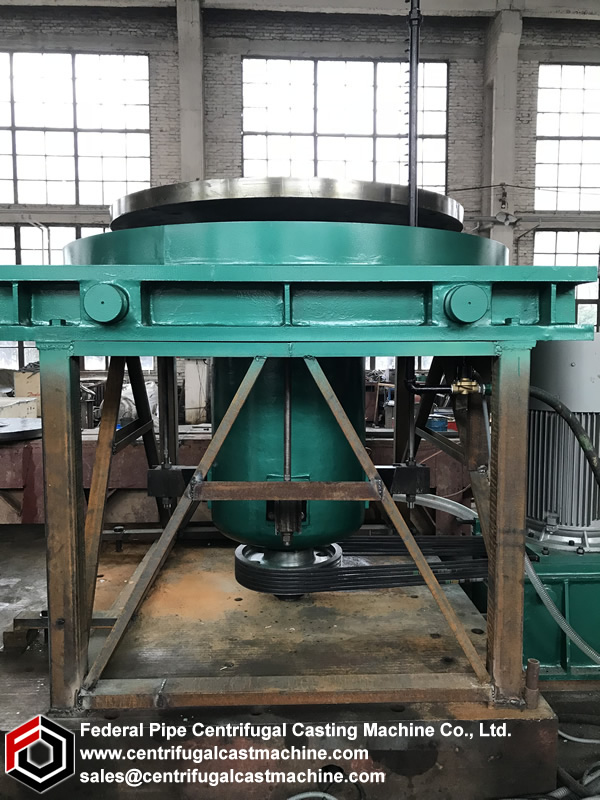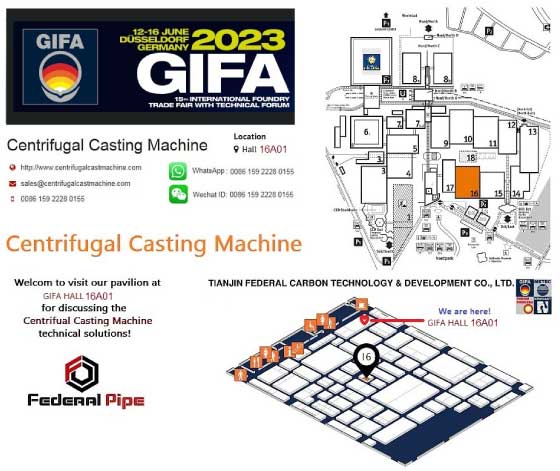The essential feature of centrifugal casting
The essential feature of centrifugal casting is the introduction of molten metal into a mold which is rotated during solidification of the casting. The centrifugal force is relied upon for shaping and feeding the molten metal with the utmost of detail as the liquid metal is thrown by the force of gravi‐ty into the designed crevices and detail of the mold.

The concept of centrifugal casting is by no means a modern process. This technique which lends clarity to detail was used by Benvenuto Cellini and others in the founding arts during the 16th century. The mention of actual centrifugal casting machines is first recorded when a British inventor, A.G. Eckhardt, was issued a patent in the year 1807. His method utilized the placing of the molds in an upright position on pivots or revolving bases (sometimes referred to today as a "vertical" centrifugal casting machine). In 1857 a U.S. patent described wheel molds which presumably were used for the centrifugal casting of railroad car wheels.

